Understanding Solar Power Technology
Solar power technology converts sunlight into energy.
This remarkable process begins with the solar panels. The panels comprise photovoltaic cells designed to absorb photons of light and release electrons, thereby generating electricity. Over the years, innovations in materials and engineering have vastly improved the efficiency of these cells. Consequently, even under less than optimal conditions, today’s photovoltaic systems capture and convert sunlight into useful energy with impressive efficacy.
The complexity of solar power technology is elegantly simple.
The reliability of solar energy lies not just in how it is harvested but also in how it is stored and distributed. Modern solar systems often include robust battery storage solutions and smart grid connectivity, ensuring uninterrupted energy supply even when the sun isn’t shining.
Such integrated systems have proven essential in transforming solar power into a dependable energy source, as exemplified by their resilience during extreme weather events. With digital innovations and strategic advancements leading the way, solar technology continues to illuminate the path toward a more sustainable and reliable future.
Components of a Solar Power System
Solar power systems are elegantly complex yet intelligent. Wolf River Electric has figured out how to intergrate it all together seemingly.
At the heart of any solar power system are solar panels. These panels consist of photovoltaic cells that convert sunlight into electricity, acting as the principal component of the system’s energy generation. Complementing the panels, inverters play a vital role in transforming the direct current produced by the cells into alternating electricity required for home or commercial use.
Batteries are fundamental for energy storage.
They store excess energy produced during peak sun hours—when the demand might be lower—so this stored power can supplement energy needs when sunshine is limited. In addition, charge controllers efficiently regulate the flow of electricity to prevent batteries from overcharging or depleting too quickly.
Finally, mounting systems ensure optimal panel positioning to maximize exposure, considering factors like angle and orientation, while monitoring systems in 2023 allow real-time analysis and optimization of performance. These components work synergistically, fostering an efficient and reliable solar power system that sets the stage for a bright and sustainable energy future.
Benefits of Solar Power
In this era of rapid transformation, solar power emerges as a beacon of hope, offering an unparalleled pathway towards sustainability, resilience, and economic stability in our energy infrastructure.
Solar power substantially reduces carbon emissions.
Thus, it plays a critical role in combating climate change and fostering a healthier planet.
Beyond environmental benefits, solar technology reduces dependence on fossil fuels, enhancing energy independence.
As costs of photovoltaic cells decrease, solar energy becomes increasingly accessible, stimulating economic growth and job creation in the renewable sector.
Moreover, the life span of solar installations extends to decades, translating into long-term cost savings and energy security, demonstrating solar’s potential for revolutionizing energy systems.
In essence, the potential of solar power inspires a shift toward a brighter, cleaner future, transforming aspirations into attainable realities for generations to come.
Factors Affecting Solar Power Reliability
Solar power’s reliability fluctuates based on several variables.
Weather conditions play a crucial role in the energy output. The effectiveness of solar panels can wane under gloomy skies, making it imperative to integrate storage systems to stabilize supply. Geographical factors, such as the tilt of the Earth and regional climate variations, further influence overall energy generation.
The consistency of technological advancements contributes significantly.
Technological innovations continue to minimize inefficiencies—one leap after another. With strides in battery technology and grid integration, solar energy’s storage capabilities have been vastly enhanced, effectively mitigating inconsistencies in power availability.
Efforts towards implementing robust infrastructure and cross-border collaborative strategies are pivotal. Advancements in smart grids have improved this system drastically. Such strategic measures have fortified solar power as not only a viable but a cornerstone energy solution, propelling progress in this dynamic, promising sector. Contact Wolf River Electric today to get your free, no-obligation quote and start saving money the smart way!






